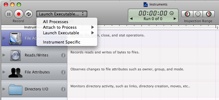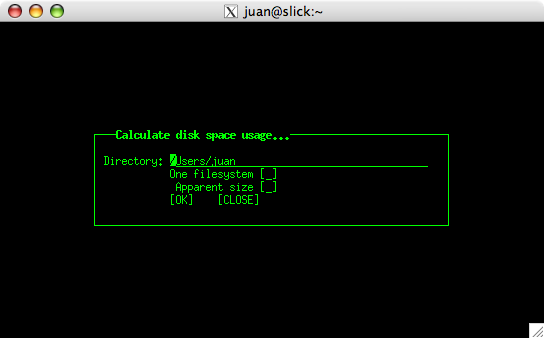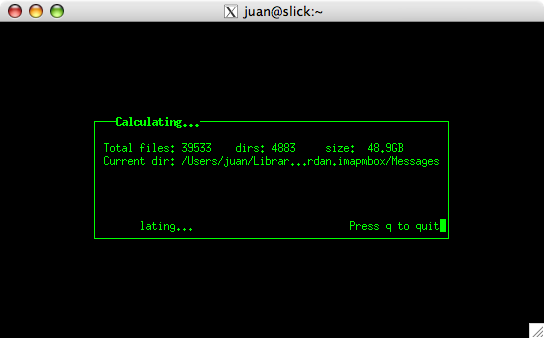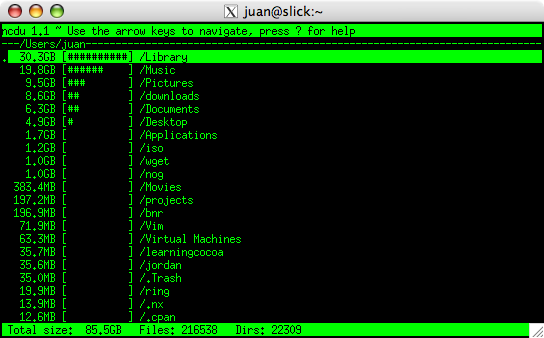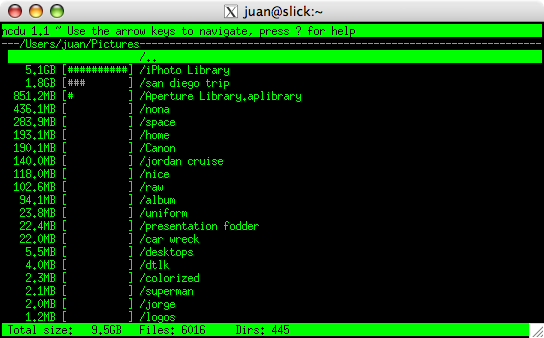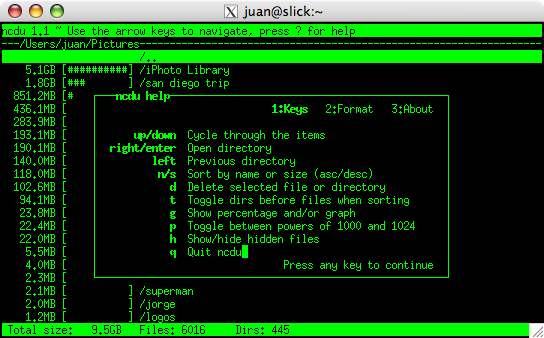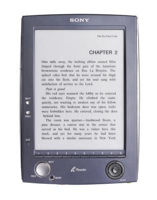First of many updates. I promise to do one on the migration process from the PowerBook to the MacBook. That’s an un-believable thing.
However, this update is on a nerd speed thing. I downloaded John the Ripper, my traditional test of speed on new computers. Just wanted to see where the new box stood. Here’s the basic results of three machines I have at home. All three of these are the output of “john –test”:
Test on a MacBook Pro (2.33GHz Core Duo):
Benchmarking: Traditional DES [128/128 BS SSE2]… DONE
Many salts: 1961K c/s real, 1976K c/s virtual
Only one salt: 1628K c/s real, 1635K c/s virtual
Benchmarking: BSDI DES (x725) [128/128 BS SSE2]… DONE
Many salts: 63846 c/s real, 64361 c/s virtual
Only one salt: 62233 c/s real, 62735 c/s virtual
Benchmarking: FreeBSD MD5 [32/32]… DONE
Raw: 6359 c/s real, 6397 c/s virtual
Benchmarking: OpenBSD Blowfish (x32) [32/32]… DONE
Raw: 388 c/s real, 391 c/s virtual
Benchmarking: Kerberos AFS DES [48/64 4K MMX]… DONE
Short: 308531 c/s real, 309770 c/s virtual
Long: 825344 c/s real, 828658 c/s virtual
Benchmarking: NT LM DES [128/128 BS SSE2]… DONE
Raw: 9090K c/s real, 9144K c/s virtual
Test on a Powerbook G4 1.6GHz:
Benchmarking: Traditional DES [128/128 BS AltiVec]… DONE
Many salts: 614247 c/s real, 785738 c/s virtual
Only one salt: 601600 c/s real, 719617 c/s virtual
Benchmarking: BSDI DES (x725) [128/128 BS AltiVec]… DONE
Many salts: 25856 c/s real, 27216 c/s virtual
Only one salt: 20403 c/s real, 26429 c/s virtual
Benchmarking: FreeBSD MD5 [32/32 X2]… DONE
Raw: 4187 c/s real, 4408 c/s virtual
Benchmarking: OpenBSD Blowfish (x32) [32/32]… DONE
Raw: 284 c/s real, 301 c/s virtual
Benchmarking: Kerberos AFS DES [24/32 4K]… DONE
Short: 110284 c/s real, 117825 c/s virtual
Long: 308889 c/s real, 325146 c/s virtual
Benchmarking: NT LM DES [128/128 BS AltiVec]… DONE
Raw: 5263K c/s real, 5551K c/s virtual
Test on PIII 800MHz “server”:
Benchmarking: Traditional DES [24/32 4K]… DONE
Many salts: 65024 c/s
Only one salt: 52434 c/s
Benchmarking: BSDI DES (x725) [24/32 4K]… DONE
Many salts: 1790 c/s
Only one salt: 1423 c/s
Benchmarking: FreeBSD MD5 [32/32]… DONE
Raw: 1450 c/s
Benchmarking: OpenBSD Blowfish (x32) [32/32]… DONE
Raw: 92.1 c/s
Benchmarking: Kerberos AFS DES [24/32 4K]… DONE
Short: 56941 c/s
Long: 130843 c/s
Benchmarking: NT LM DES [32/32 BS]… DONE
Raw: 805506 c/s
So – the basic math works out to what Apple claims. MacBook is roughly 3X speed of PowerBook. And roughly 30X the speed of the PIII server! F’ing cool.
As an aside – I remember being extremely proud of at one point around 1991 making a Sun Sparc1 workstation run the Crypt routines at roughly 1,400 crypts/second. New MacBook is … 1,400 times faster. What 15 years gets us, huh?

